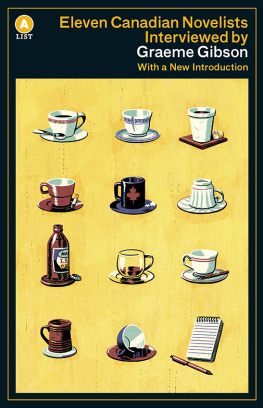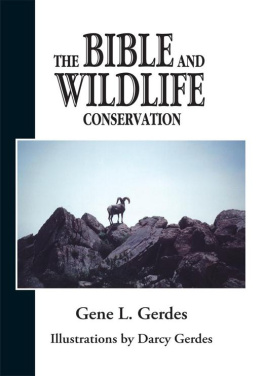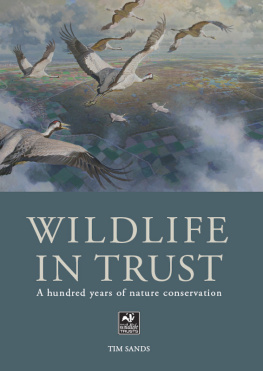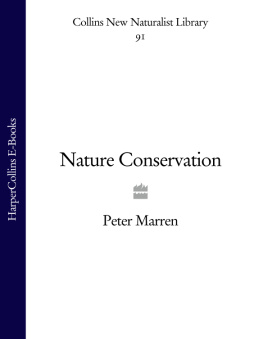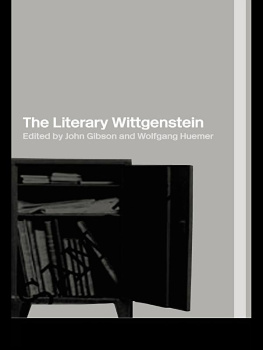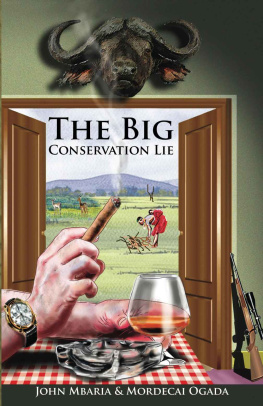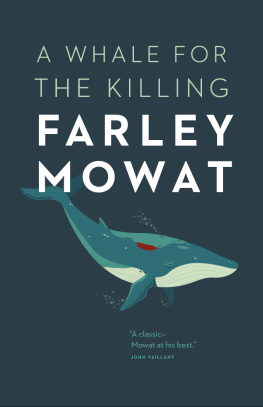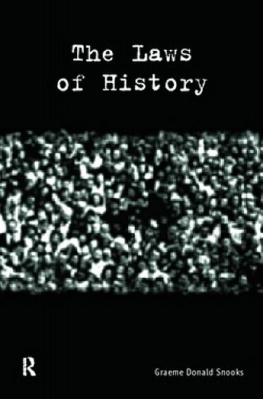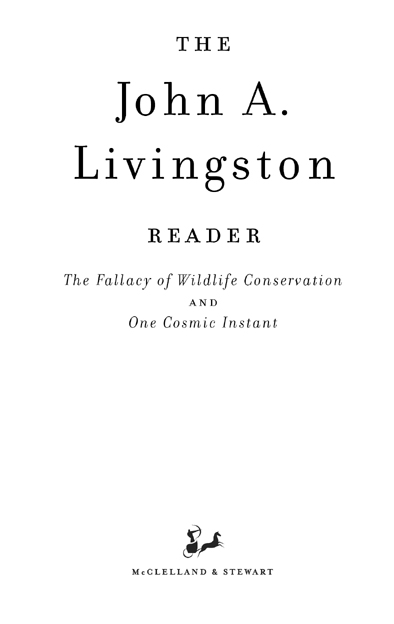Copyright 2007 by the Estate of John A. Livingston
Appreciation 2007 by Mysterious Starling Inc.
The Fallacy of Wildlife Conservation first published in 1981 by
McClelland & Stewart Inc. Copyright 1981 by John A. Livingston
One Cosmic Instant first published in 1973 by McClelland & Stewart Limited.
Copyright 1973 by John A. Livingston
The Prophetic View of John Livingston, from Rescue the Earth!: Conversations with the Green Crusaders by Farley Mowat. Copyright 1990 by Farley Mowat. Reprinted by permission of the author.
All rights reserved. The use of any part of this publication reproduced, transmitted in any form or by any means, electronic, mechanical, photocopying, recording, or otherwise, or stored in a retrieval system, without the prior written consent of the publisher or, in case of photocopying or other reprographic copying, a licence from the Canadian Copyright Licensing Agency is an infringement of the copyright law.
Library and Archives Canada Cataloguing in Publication
Livingston, John A., 1923-2006
The John A. Livingston reader : The fallacy of wildlife conservation and One cosmic instant: a natural history of human arrogance / John Livingston.
Includes an essay by Graeme Gibson.
The fallacy of wildlife conservation and One cosmic instant previously
published separately.
eISBN: 978-1-55199-255-6
1. Environmental ethics. 2. Wildlife conservation. I. Gibson, Graeme, 1934- II. Livingston, John A., 1923-. Fallacy of wildlife. III. Livingston, John A., 1923-. One cosmic instant. IV. Title.
GF75.L58 2007 304.28 C2006-904257-8
We acknowledge the financial support of the Government of Canada through the Book Publishing Industry Development Program and that of the Government of Ontario through the Ontario Media Development Corporations Ontario Book Initiative. We further acknowledge the support of the Canada Council for the Arts and the Ontario Arts Council for our publishing program.
In One Cosmic Moment, portions of Chapter Two, One in a Million, appeared in different form in Canada by John A. Livingston (Natural Science of Canada Limited, 1970).
McClelland & Stewart Ltd.
75 Sherbourne Street
Toronto, Ontario
M5A 2P9
www.mcclelland.com
v3.1
CONTENTS
APPRECIATION
by GRAEME GIBSON
Almost forty-five years ago the families Livingston and Gibson moved into adjoining sides of a semi-detached house in Torontos Rosedale neighbourhood. John was the executive producer of science programs at the CBC . I was teaching English at the Ryerson Polytechnical Institute and was almost three years into my first novel. We both had young families, although mine was younger than his. It didnt take long for me to be won over by his combination of charm, intellect, honesty, and bear-like energy. I was soon calling him Jake, and from that time on he most often spoke to me as mboy. At some point along the way, I began to feel that he was as much an older brother as a friend.
What I remember best from that time are the dinners, and what dinners they were! With between eight and ten friends crowded around our dining room table, the Livingstons always amongst them, these meals featured great standing prime rib roasts of beef (at sixty-some cents a pound), with glasses of whisky, and, most often, Hungarian Bulls Blood red wine. By the end of an evening wed all had too much of everything and were either arguing or singing, and sometimes we managed both. It may have been on one of these occasions that Jake asked me if Beethovens Ninth Symphony justified the human extirpation of a single species of bird, the peregrine falcon, for example. I cannot imagine that either of us expected me to answer that, and I certainly didnt try. It was merely a step in an unspoken exchange that was happening between us. In retrospect I suppose hed already begun to teach me.
The early sixties were a busy, melodramatic, and ominous period. Newspapers maintained their circulation nicely with the Bay of Pigs invasion and the Berlin Wall, with the Cuban Missile Crisis and the Space Race, which was parading national egos and gobbling money. Nuclear bomb tests blossomed on every side, and even Vietnam raised its head with Kennedy sending in his first group of advisers. It isnt surprising that most people I knew at the time had had at least one nuclear war dream.
Obviously, there were other kinds of news stories as well, but most of us paid little attention to them. Some dealt with an alarming series of wildlife die-offs resulting from the commonplace spraying of chemicals such as DDT . In 1962, Rachel Carsons iconic book, Silent Spring, finally propelled these concerns dramatically to the surface. Symptomatically, I was scarcely aware of its publication. I was deep in a hard and seemingly endless struggle with my first novel, dreaming of another kind of apocalypse and picketing the American and Soviet consuls after each new testing of the Bomb; my imagination was seized by another book published that year, Gnter Grasss The Tin Drum.
John Livingston was the first bird enthusiast Id met, and I found the activity puzzling: the common view of birdwatchers back then had them as little old ladies of both sexes, in sensible raingear and with funny hats rather like train spotters, but without the trains. However, Jake didnt fit this mould; he was an assured and forceful man, one who loved food and drink, big band swing, traditional jazz, and the Hamilton Tiger-Cats. And yet he was fascinated by the manner in which our own domestic cats hunted co-operatively: his nonchalantly diverting the feeding pigeons from a distance while mine crept in for the kill. And how, when his old tom once brought in a vole, rare in the Toronto area, his surprised and enthusiastic response to the gift had caused the animal thenceforth to drag home every conceivable variety of small mammal it could find. But above all, for him, it was the birds: he obviously loved them best.
It took me some time to succumb to the birds, but I finally did about three years later, when a very large hawk unexpectedly soared out from beneath the Bloor Street viaduct. On impulse I went to a bookstore and purchased Roger Tory Petersons A Field Guide to the Birds of Eastern and Central North America. When that wasnt enough to identify which hawk it was, I bought binoculars. It turned out to be a red-tailed hawk. By then I was hooked, and began to seize every moment I could to explore the Rosedale Ravine or wander along the lakeshore, where I first discovered there are more than two species of duck.
It amazed and humbled me to find that Id lived more than thirty years without ever seeing the extraordinary vitality and beauty of the bird life around me. How could I have missed the astonishingly delicate multi-coloured warblers, the flycatchers and dashing hawks, the woodpeckers and various thrushes that I was painstakingly learning to identify in the centre of Toronto? The flute-like spiralling song of a wood thrush in the ravine where Id walked for years now stopped me dead in my tracks. Surely it had always sung there at this time of the year? Why hadnt I heard it?
Birds had been around for over 150 million years by the time early humans arrived on the scene. We came to self-awareness as a species surrounded by them. Almost from the beginning they have played critical roles in myth, religion, and therefore art. Birds are one of the great and ancient lineages of life, and yet, like most of us, I scarcely knew they were there.



